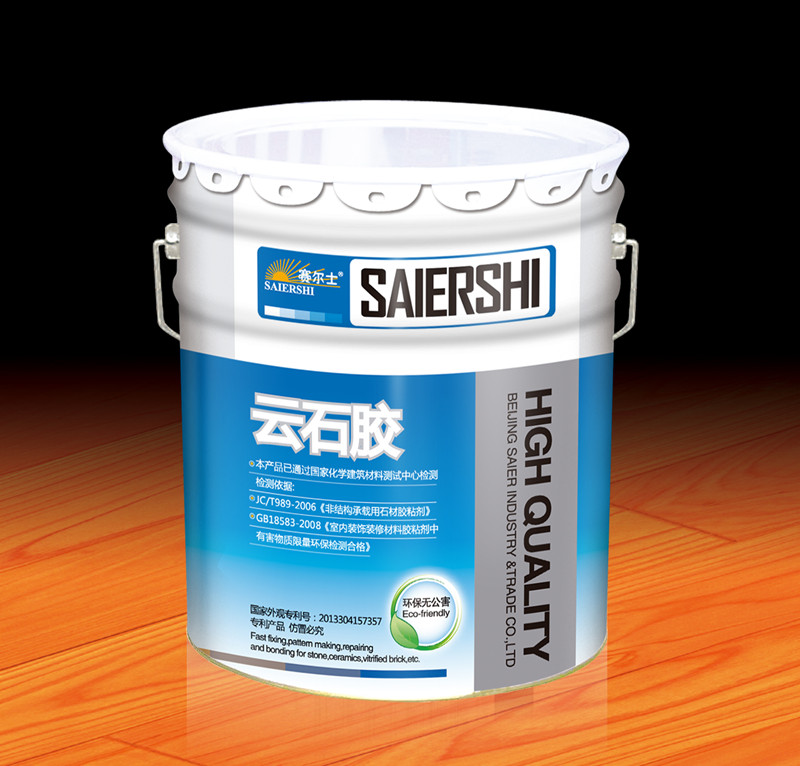
Hotline:
133-3102-1811
Chinese
News
首页 > News > Industry information >
Methods and matters needing attention of stone gluing
Date:2020-10-29 09:40:00
Share:
1、 Methods of stone gluing
There are two methods of stone glue filling: mechanical (flow operation) and manual (trolley or platform).
1. Mechanical rubber patching (flow operation mode)
The production line is used for stone gluing process with high production efficiency and high automation, which is suitable for large quantities of stone gluing. The mechanical equipment of this operation method is generally composed of turnover machine, conveying line, dryer and control box. The operation process is: cleaning the board surface - drying - adding mesh - glue patching board surface (facing or back) - drying (it can also be twice glue filling + three times drying)
2. Manual glue mending (trolley or platform mode)
Manual gluing is a simple process for stone surface treatment. It can be used to repair a small amount of stone, but it can effectively solve the function of splicing stone. It is necessary for stone processing, especially suitable for repairing special-shaped stone crafts. It is an effective method for local treatment of stone.
Manual glue patching local treatment mainly adopts the methods of "digging", "filling" and "filling". The so-called "dig" is to dig out the stone defects, and then use the stones with similar color and texture to fill in the excavated place, and then glue the stones with the same color. The smaller the gap, the more natural the better.
2、 Operation procedure of stone gluing
1. Before gluing, the dust and other dirt on the board surface shall be cleaned, and the wet Board shall be dried or dried.
2. The stone to be repaired shall be placed on the bracket or flat plate, and the broken plate shall be cleaned up and dried. The crack or fracture is bonded with the adhesive which is close to the natural color of the stone. When bonding, it is impacted by external force to make the bonding more firm.
3. When the mechanical glue filling method is adopted, it is necessary to decide whether to add a strong mesh according to the material conditions. After adding the mesh, after turning over the plate by the turnover machine, the smooth surface of the stone can be filled with glue.
4. The amount of glue is determined according to the quality of the stone plate, and the adhesive and drying agent are mixed according to a certain proportion, and the two materials are mixed evenly.
5. Brush the prepared adhesive on the board surface or fill in the cracks, and scrape evenly with a blade.
6. Observe whether there is leakage of adhesive in the cracks on the board surface. If the cracks are not filled up by the adhesive, make two or more times of glue filling until the cracks are filled with glue.
7. After the repair of the plate to be placed for a few hours before grinding and polishing.
8. After grinding and polishing, if the color effect of the glue filling area is not good, it is necessary to dig it out and make up the glue again.
9. Stone gluing should be carried out with the help of certain tools and means. A guiding ruler should be used to level one edge to ensure the straightness of the repaired material.
10. The repair of plates can be done horizontally or vertically. The method of vertical placement can make the bonded plate more firm with the help of plate gravity.

3、 Stone gluing should follow the following principles
1. In principle, the gluing marks meet the design requirements and meet the natural texture of the original stone.
2. The color of the glue in the mending part should not lose the original color of the board surface, otherwise the color is too obvious and easy to show the traces of the glue mending.
3. The stone used for rubber repair should not be of regular shape, so that it is not easy to see traces of artificial treatment at the rubber patch.
4. The stone material should be re polished and polished, and there should be no traces and uneven appearance of the repaired stone.
After reading these shares, do you understand?
Copyright © 蚌埠赛尔时代工贸有限公司 皖ICP备17024280号
技术支持:智导互联


